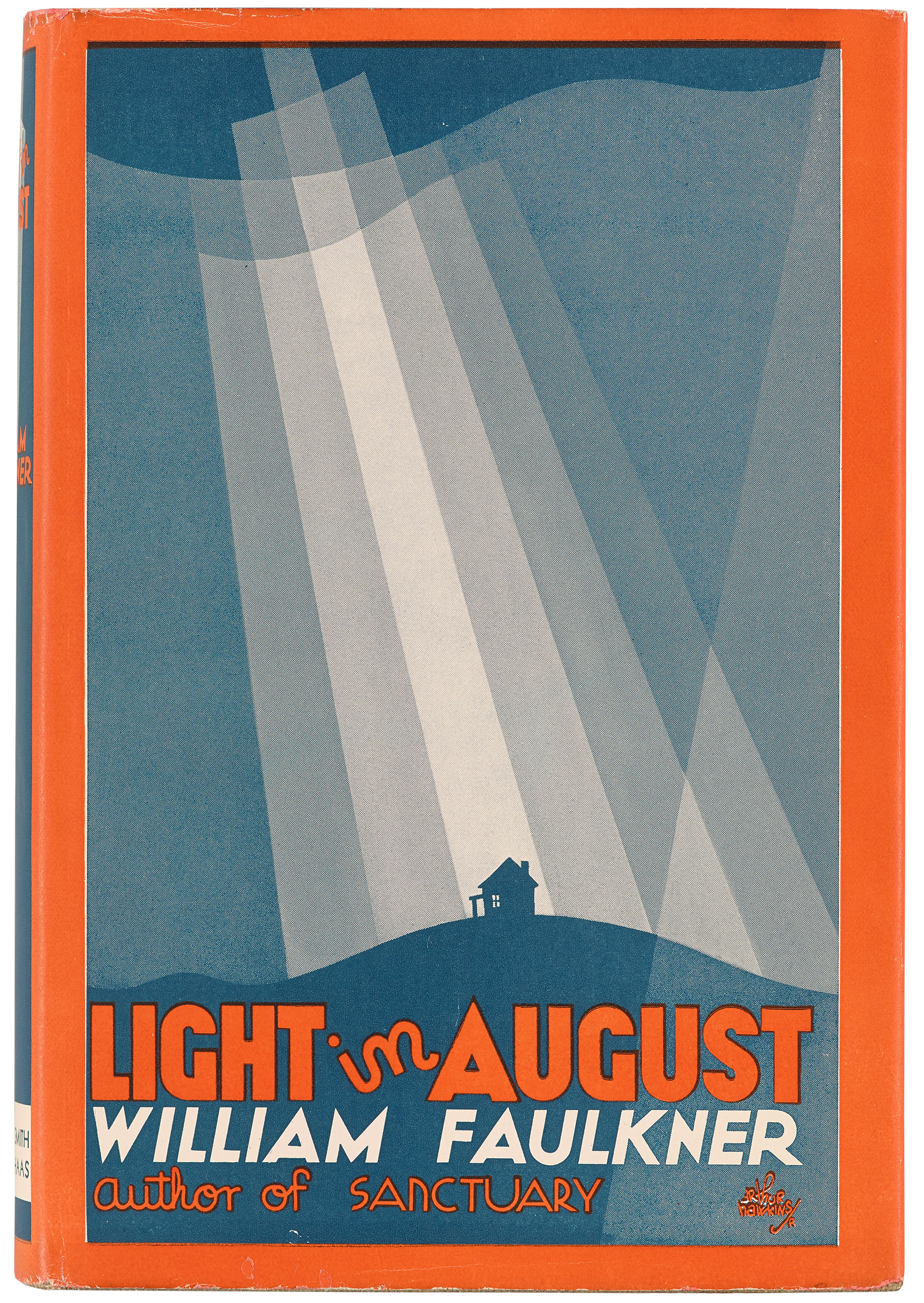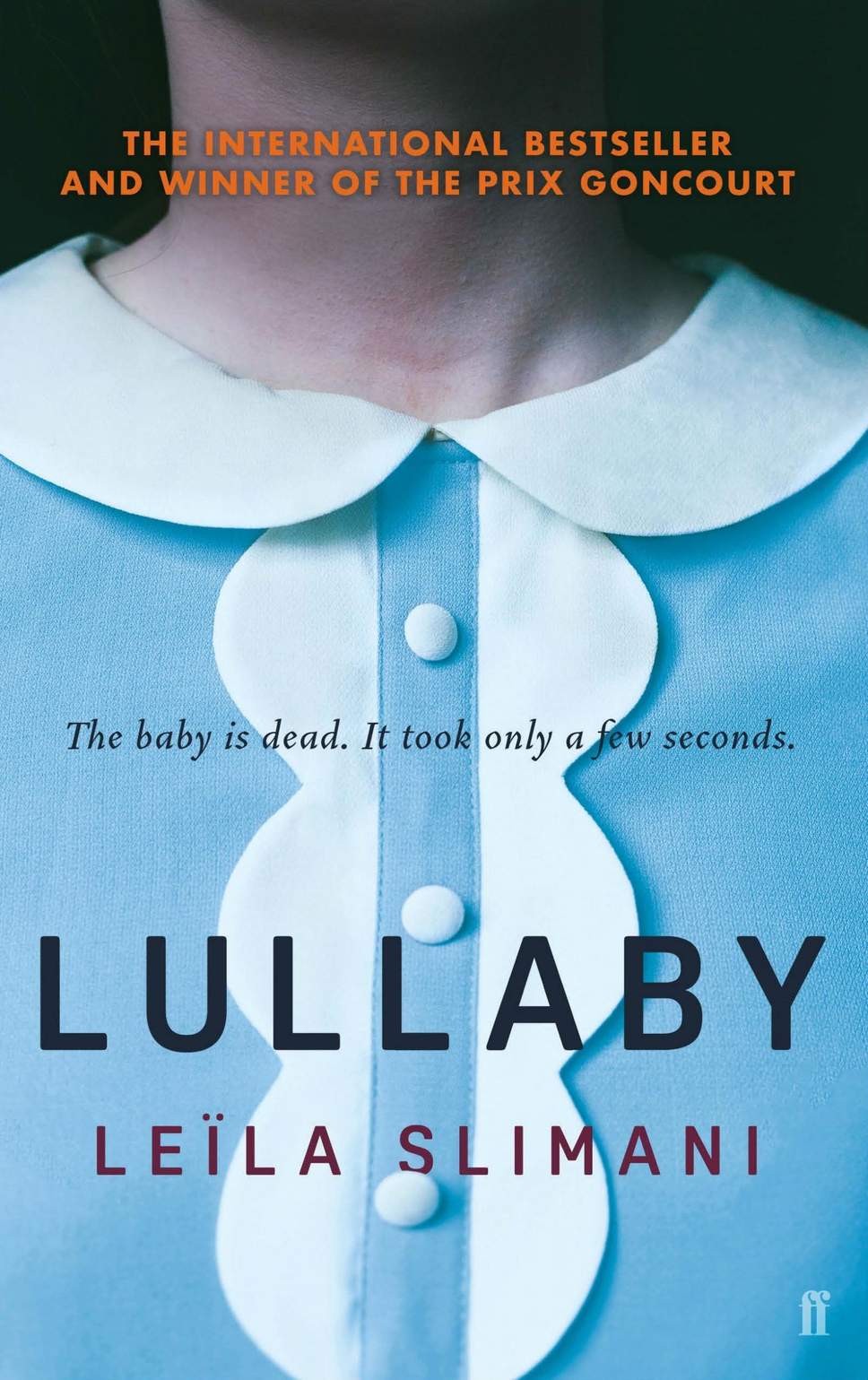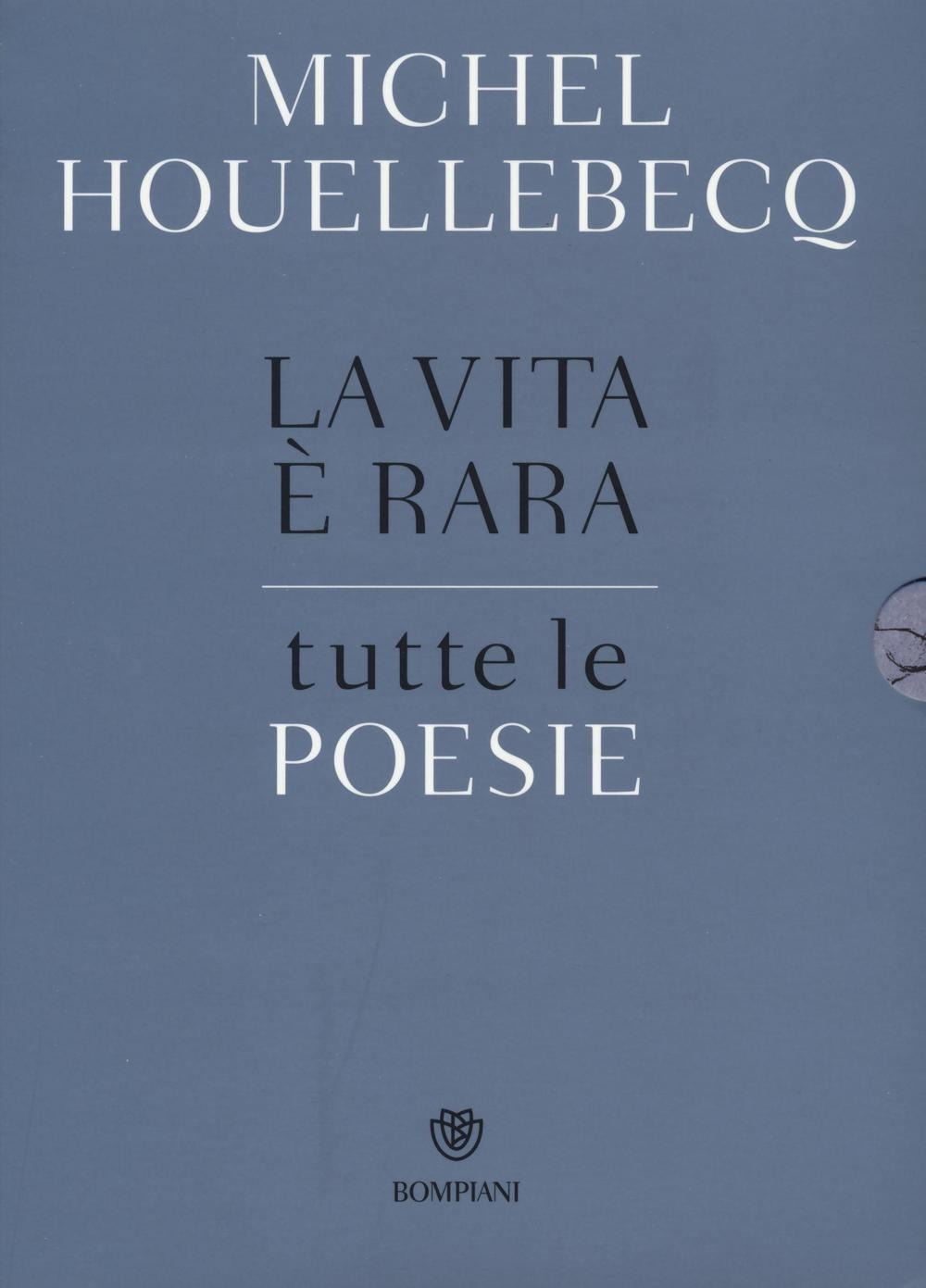On crafting, drafting, carving, editing and polishing
This article is for people who write and face all the challenges of this profession: drafting a chapter and then going back to it to edit and revise it. This often means to 'kill our darlings', cutting parts of it that seemed to us so well written, such an important and definitive part of the story. Instead, just when everything seems to be ready for publication, there are still steps to take. It still needs polishing. The whole exercise becomes a never-ending and often frustrating process. But from it, we can really learn so much, about writing and about ourselves.
In my article, written towards the end of my MFA in Creative Writing at the University of Hong Kong, I analyse my personal struggles as a writer, but also the famous and complex relationship between the writer Raymond Carver and his editor, Gordon Lish.
As I’m approaching the end of an incredible adventure – the MFA in Creative Writing at the University of Hong Kong – my last efforts are now focussed on a specific task: editing my innumerable drafts. ‘Drafts’—immediately my good friend’s words come to my mind: ‘Every chapter, especially the first one, has to undergo at least 16 drafts.’ I laughed at his preposterous advice, but here I am, with about 20 drafts (scrapped, re-written and edited until the very last one) for Chapter 1.
Now, as we polish our thesis, our thoughts go to all the many workshops we attended, in which our work has been sometimes slashed and cut, at times butchered to the very bone. We students have seen chapters of fifteen-twenty pages being reduced by a half, when in reality we thought that the other half was not that bad, and it was at least partly needed too. Weren’t we told, in the first place, to define characters and setting, to use descriptions to let the reader immerse in our work, not to tell but show? Therefore, settings became luscious; characters rich in attributes or faults; and the showing would go on and on…
I am sure that after the completion of our MFA we will come out as better writers, aware of the golden rules of writing, and with more acquired skills in the construction of plot, characters, settings and dialogues. But we will always feel at times confused, in particular about the content of our pieces. We will endlessly question the ‘substance’ of our work and the need for certain information, wondering if that beautiful description of a place is really necessary, or if the dialogue between those particular two characters has any key function at all.
So, shall we, as Michelangelo did, carve perfectly refined sculptures from blocks of raw marble? Michelangelo also created fascinating but unfinished works though, and yet Giorgio Vasari referred to these incomplete creations saying “Rough as it is, this is a perfect work of art which serves to teach other sculptors how to carve a statue out of marble without making any mistakes, perfecting the figure gradually by removing the stone judiciously and being able to alter what has been done as and when necessary.”
Remove judiciously: this is the hardest task during the final leg of our journey and for our future endeavours as writers too. We should be able to carve the best and most polished work out of the many thousands of words we’ve written, judiciously.
Maxwell Perkins
Recently, I had the occasion to watch the movie ‘Genius’, based on the 1978 National Book Award-winner ‘Max Perkins: Editor of Genius’ by A. Scott Berg and interpreted by Colin Firth and Jude Law.
The protagonist of this movie is Maxwell Perkins, an editor from Scribner in search of new literary talents who signed Fitzgerald and Hemingway, and who here takes on Thomas Wolfe’s work, red-penciling Wolfe’s lengthy, opulent and often rejected first manuscript ‘O Lost’, an autobiographical story. During a long and painful process, since Wolfe didn’t want to give up any of the sentences he had written, the novel gets edited and cut, until it becomes ‘Look Homeward, Angel’: it had to be revised and downsized, and about 90,000 words were trimmed before publication. Wolfe obviously felt that he had lost the gist of his work, which was now no longer his only, but Perkins’ too.
The same happened to Wolfe’s second book, ‘Of Time and The River’, for which Wolfe kept writing pages over pages before giving up and agreeing on Perkin’s requests about the maximum size of this novel.
Despite Perkins worked as a mentor for Wolfe and was the man who discovered him, during this collaboration Wolfe was often in a quandary about his own success: did he owe it to his editor? Due to this growing tension, the two men drifted apart and Wolfe eventually left Scribner.
Back to the classroom and during one of our MFA lessons, we discussed the original and edited version of a short story: ‘Beginners’, by Raymond Carver, edited by Gordon Lish and retitled ‘What we talk about when we talk about love.’ The short story appeared on ‘The New Yorker’ in 2007 with additions, deletions, and insertions of paragraph breaks. It has been absolutely fascinating to read these two versions. The story is a conversation ‘about love’ between two couples (Doctor Mel and Terri, Nick and Laura), over gin and tonic at Mel and Terri’s home. During the gathering, intimate details and past stories pop up and, through them, the reader acquaints the characters and their contrasting perspectives when defining ‘love’.
The difference between the two stories is striking. The original version has been heavily cut and the main character, Mel, has been roughened up. Even his language has become more and more vulgar as he gets drunk. I agree with most of the deletions, since the writer should not ‘lead the reader by the hand’, but when three entire pages, in sequence (and then another two and a half at the end), were stricken-through, I wondered if it was necessary to be so drastic.
I was dubious, at first. But then, as I re-read the story, I came to the conclusion that it was needed, because Mel had to be a different man in that context. In the final draft, he comes out as an assertive, at times cynical guy, who tells stories ‘about real love’ devoid of any distracting romantic details that could make them sound too cheesy (as in the three deleted pages). We also find out Terri’s point of view when she talks about her affection for her violent ex-lover, who threatened to kill her after she left him, and who then committed suicide, because ‘he loved her so much’.
In the end, as we get to know the characters better, with all their problems and idiosyncrasies, further details get again deleted, because it comes quite clear now how ‘talking about love’ has become a disheartening experience too.
This is the link of the draft/final version of the story:
http://public.wsu.edu/~bryanfry/Beginners Edited.pdf
Needless to say, Lish’s editorial relationship with Carver ceased after three books.
After experiencing all this crafting, drafting, carving, editing and polishing, I still believe writers should be definitely guided by all they have read, learnt and listened to, but also by their own ultimate inspiration and by what drives their story, so that it becomes hopefully easier to find a compromise between keeping unnecessarily vast, superfluous writing and apply radical changes or deleting. As we learn from Michelangelo’s technique, the biggest challenge is to use our chisel to perfect our final product with cautious alterations, when needed.
Paola Caronni














